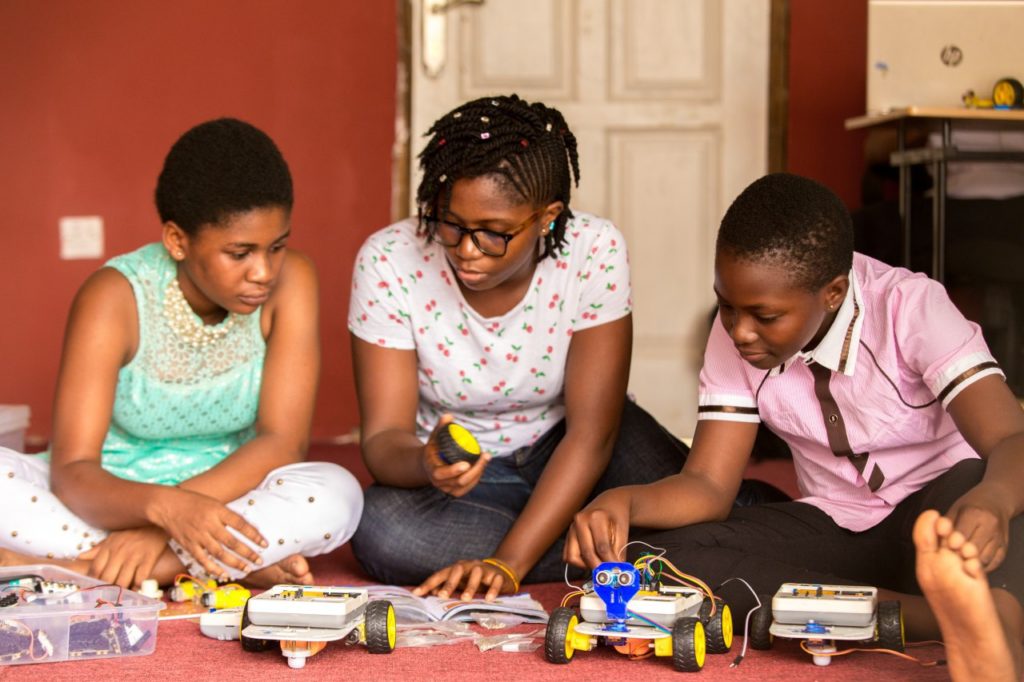Data from a four-year study of institutional ‘report cards’ suggest that although a growing number of women are training in the sciences, efforts to promote and maintain women in more senior scientific roles are still largely inadequate.
Although women have made important contributions to science throughout history, they have consistently been underrepresented at all levels. Now, data from a four-year study of institutional “report cards” undertaken as part of the New York Stem Cell Foundation’s (NYSCF) Initiative on Women in Science and Engineering (IWISE) suggest that although a growing number of women are training in the sciences, efforts to promote and maintain women in more senior scientific roles are still largely inadequate.
Additionally, the researchers report that not enough policies have been put in place to support women in science throughout their careers. The study is being reported September 5 in the journal Cell Stem Cell.
The investigators found that although women made up more than half of the population among undergraduate, graduate, and post-graduate students, the picture became different as seniority increased. Women made up 42% of assistant professors, 34% of associate professors, and 23% of full professors. These rates varied greatly by institution: At about one-third of the institutions surveyed, women made up less than 10% of tenured faculty recruits.
“We expected to find that women would be better represented at more junior ranks compared with senior ranks,” Jagsi says. “But I found it noteworthy that there were regional differences. For example, institutions in Europe come closer to achieving gender parity.”
The researchers say their findings suggest that the primary issue is not recruiting women into STEM roles but retaining them and promoting them into more influential positions.
“For my own work, I plan to begin to focus more on issues of intersectionality,” Jagsi concludes. “A particularly understudied area involves the career experiences in women with other minority identities, such as race. Further research is needed to understand the challenges these women face.”
Story Source:Cell Press.

